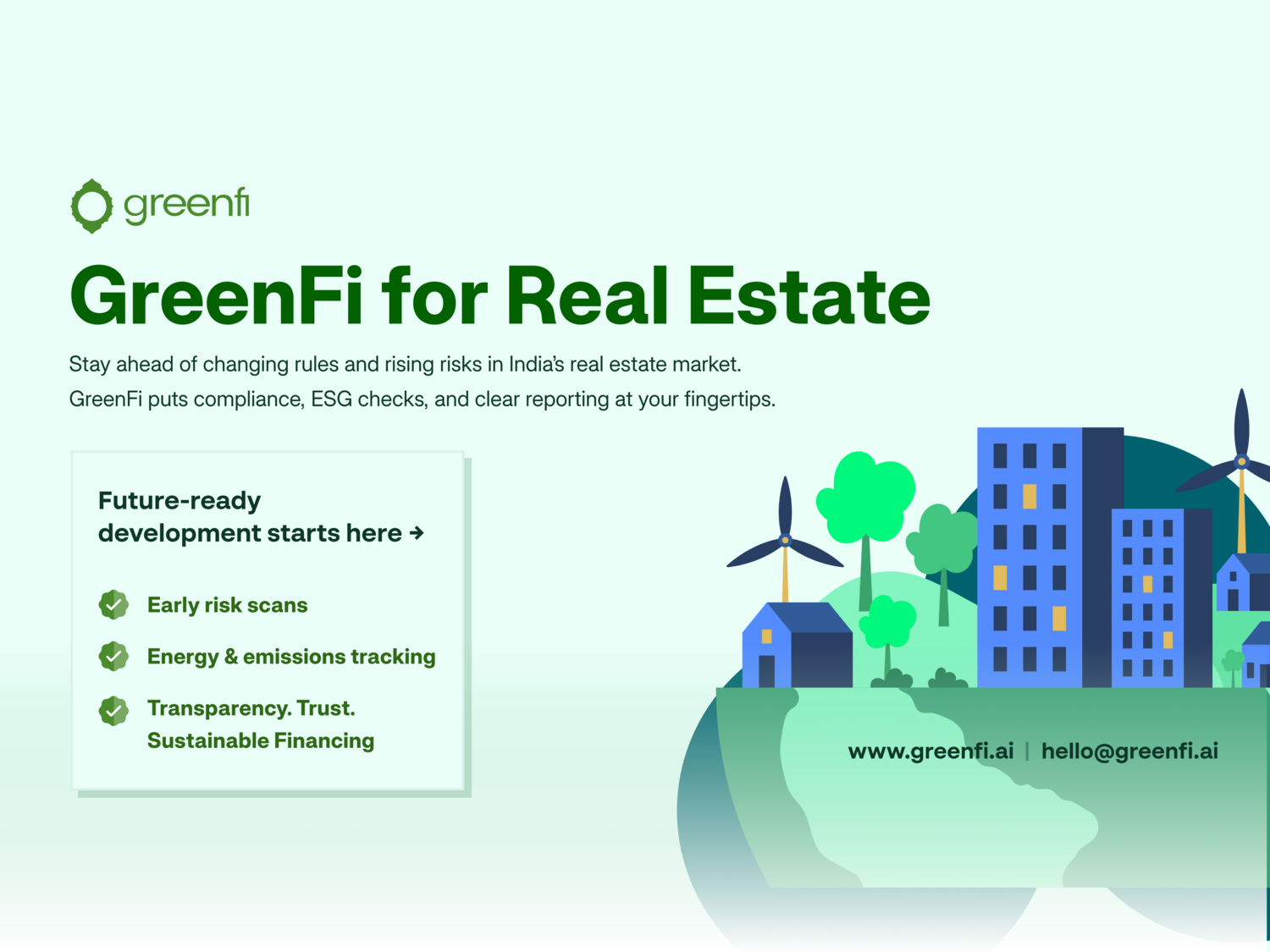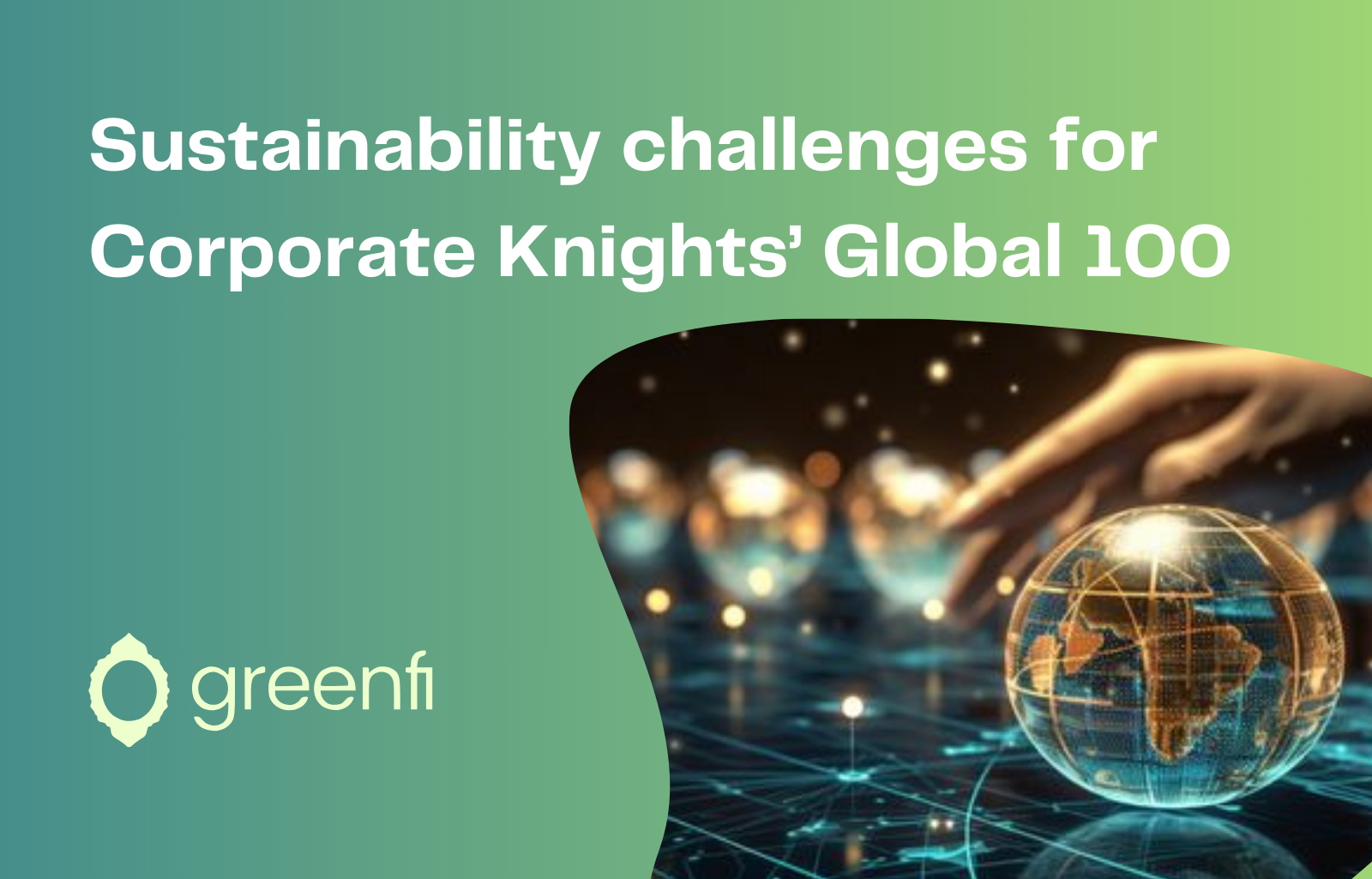Introduction
The world is moving toward a low-carbon economy, and the European Union (EU) has taken a bold step to align global trade with its climate goals.The Carbon Border Adjustment Mechanism (CBAM) is the EU’s new tool to ensure that imported goods face the same carbon costs as those produced within Europe. Often called a “carbon border tax” CBAM is more than just a tariff, it’s a climate policy designed to reduce carbon leakage and encourage greener production worldwide.
What is CBAM?
The Carbon Border Adjustment Mechanism is a carbon pricing system applied to certain imports entering the EU. It requires importers to report the carbon emissions embedded in the production of specific goods and, from the definitive phase onward, pay a fee (via CBAM certificates) to match the EU’s Emissions Trading System (ETS).
In simpler words:
- If you export steel, aluminum, cement, hydrogen, fertilizers, or electricity to the EU you must disclose the carbon footprint.
- If the production emissions are high, importers will pay more to bring those goods into the EU.
Why did the EU introduce CBAM?
- Prevent carbon leakage: Without CBAM, companies might relocate to countries with weaker climate rules to avoid EU carbon costs.
- Level the playing field: EU companies already pay under the EU ETS. CBAM ensures foreign producers don’t get an unfair advantage.
- Promote global decarbonization: By pricing carbon into trade, CBAM encourages industries worldwide to adopt cleaner technologies.
Timeline & Key Dates
1. 17 May 2023 – CBAM Regulation entered into force
2. 1 October 2023 – 31 December 2025 – Transitional Phase
- Importers must report quarterly on embedded emissions in CBAM goods.
- No payments yet- only data reporting.
- First report was due 31 January 2024.
3. 1 January 2026 – Definitive Phase begins
- Importers must become authorized CBAM declarants.
- Start buying and surrendering CBAM certificates annually to cover emissions.
- Declarations due by 31 May each year.
4. May 2025 EU Amendement
- Importers of less than 50 tonnes per year are exempted.
- Certificate payments may start in 2027 instead of 2026.
What Goods Are Covered?
Currently, CBAM applies to: Cement, Iron&Steel, Aluminium, Fertilizers, Electricity and Hydrogen.The scope may expand to other sectors in future (e.g., chemicals, plastics).
Mandatory Requirements for Companies
- During Transitional Phase (2023–2025):
- Submit quarterly CBAM reports.
- Report direct and indirect emissions plus any carbon price already paid in the country of origin.
- From Definitive Phase (2026/2027 onward):
- Become an authorized declarant.
- Purchase CBAM certificates equal to emissions.
- Submit annual verified declarations by 31 May each year.
- Keep detailed records and work with suppliers to calculate embedded emissions.
How GreenFi Can Help Businesses Turn CBAM Into an Opportunity ?
CBAM may look like just another layer of regulation, but for forward-thinking businesses, it’s also a chance to lead in sustainability and win trust in global markets. That’s where GreenFi steps in not just as a compliance tool, but as a partner for smarter, greener growth.
- Decode the Rulebook
EU climate policies can feel like a maze. GreenFi acts as your compass tracking every new CBAM update, breaking down legal jargon, and giving you clear, actionable steps instead of endless PDFs.
- Reporting Made Simple
Forget messy spreadsheets. With GreenFi, carbon data from your suppliers and shipments flows into a clean, automated dashboard. Your CBAM reports are generated on time, every time, without the stress of manual number crunching.
- Smarter Cost Management
CBAM certificates will soon carry real costs. GreenFi helps you forecast certificate needs, avoid overpaying, and plan procurement strategies that keep your compliance bills under control.
- Risk Radar for Your Supply Chain
Hidden emissions, unreliable suppliers, last-minute reporting gaps these can all trigger penalties. GreenFi gives you a risk radar, spotting weak links in your supply chain before they become compliance headaches.
- Turning Compliance Into Strategy
Rather than treating CBAM as a tax, GreenFi reframes it as a business advantage. We help you explore low-carbon sourcing options, compare scenarios, and highlight cost savings so your sustainability choices also strengthen your bottom line.
Conclusion
The Carbon Border Adjustment Mechanism marks a turning point in global trade and climate policy. For businesses, it brings new challenges complex reporting, emissions verification, and certificate management. But it also creates opportunities to future-proof supply chains, invest in cleaner production, and gain a competitive edge in sustainable markets.
Platforms like GreenFi can be the bridge between regulation and execution helping companies not only stay compliant but also lead in the transition toward a low-carbon economy.
For more information, contact us at hello@greenfi.ai










































